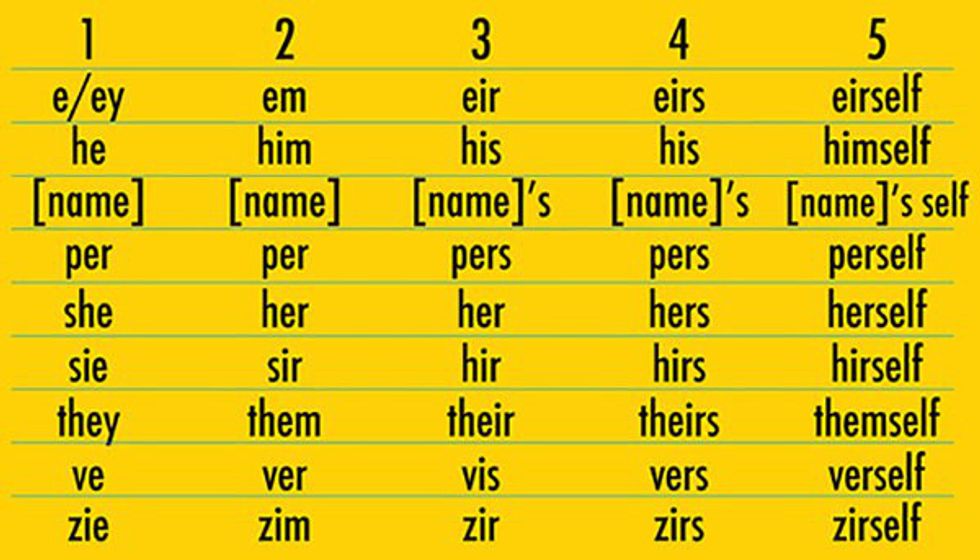“And in Jesus Christ, his only son, our Lord, begotten of His Father before all worlds, God of God, Light of Light, very God of very God, begotten, not made, being of one substance with the Father, by whom all things were made; who for us men and for our salvation came down from heaven and was incarnate by the Holy Spirit of the virgin Mar and was made man;”
The congregation continues to mumble the Niceno-constantiopolitan creed Sunday after Sunday, giving little thought to what the words have meant in history, or what they mean for them today. However, if one were to return to the original context for these words, examining them in their original language, the shackles which the English translation of these words imposes upon the everyday Christian vanish, and their plainer meaning is made bare. In this paper, I plan to make a small contribution towards this end: I will be examining the small phrase “who for us men and for our salvation” in order to get a better grasp of what exactly the church in the beginning of the fourth century thought was a stake during the Christological controversies.
In order to accurately proceed, however, we must provide a little bit of context. The Nicene Creed, in its current form, is more accurately called the Niceno-Constantiopolitan Creed, because it is a combination of work done at Nicaea in 325 and Constantinople in 381. During this time, the “chief of heresies” was grieving the church: Arianism. Arius had, in an attempt to critically approach the use of philosophical terms to describe theological realities, denied the co-eternality of the Son with the Father, suggesting that Origien’s subordinationism was in fact a temporal reality, not an eternal one. Christ, for Arius, proceeded from the Father in time. “There was a time when he was not” is one of the phrases that is usually ascribed to the heresiarch.
This debate over “Arianism” divided the Eastern part of the Roman Empire, and really should be seen as the primary context for the Niceno-constantinopolitan creed. By 324, the controversy had been ranging for nearly ten years: bishops had already chosen sides, enemies had already been made, and the issues had already been muddied by the alien issues of personality and prestige. When Constantine called the council in 325, it was one of the largest (the first ecumenical council) and the most brutal. However, eventually Arianism was rejected, and orthodoxy was delineated in the words of the Nicene Creed.
And so, as one would guess, the Nicene portion of the Niceno-Constantiopolitan Creed is very concerned with questions of Christology. Is Christ a creature or Creator? Is Christ begotten or made? Is Christ of a similar substance with the Father, or is he of the same substance with the Father? And so, these questions are answered within the few lines: Christ is “begotten not made,” “being of one substance with the father,” “God of God, Light of Light, very God of very God.” However, then the creed goes on to explain why questions of Christology are important (very much in the spirit of Athanasius and Irenaeus): “who for us men and for our salvation came down from heaven and was incarnate by the Holy Spirit of the virgin Mary and was made man.” This small phrase sits at the end of the description of Christ’s divineness, and is intended to sum up the purpose and scope of Christ’s incarnation. Why? Because, somehow, Christ’s divinity incarnated is inherently linked to the phrase “for us and for our salvation.” To get a better understanding of this specific phrase, I will attempt some exegesis below.
The Greek phrase “for us men and for our salvation” is “τὸν δι' ἡμᾶς τοὺς ἀνθρώπους καὶ διὰ τὴν ἡμετέραν σωτηρίαν κατελθόντα ἐκ τῶν οὐρανῶν.” Specifically, we are looking at the two prepositional phrases beginning with “δια”- “δι' ἡμᾶς τοὺς ἀνθρώπους” and “διὰ τὴν ἡμετέραν σωτηρίαν.”
Now, these phrases are a bit ambiguous in the English- in fact, the translation commonly used simply renders both of prepositions as “for” without any note of difference between the two of them. However, “for us men and for our salvation” doesn’t really tell us much.. And so, an examination of the Greek meaning of both clauses will perhaps be helpful to clear up some of this ambiguity.
The first phrase to consider is “δι' ἡμᾶς τοὺς ἀνθρώπους.” As one will notice upon first glance, we are dealing with a δια + accusative prepositional phrase (ἡμᾶς is 3p pl acc, as is τοὺς ἀνθρώπους). This limits δια’s meaning considerably: in fact, Wallace offers only two options for δια in the accusative. The first is causal (“because of,” “on account of,” “for the sake of,”) and the second is spatial (“through”), although he admits that the latter is rarely used in this way. And so, one is left with the understanding that the better understanding of “δι' ἡμᾶς τοὺς ἀνθρώπους” is that Christ’s incarnation is either caused by, on account of, or for the sake of us men (that is, mankind).
How should we understand this? It is hard to say, judging with post-Augustinian eyes. The Lutheran would be quick to say that “on account of us, mankind,” is referring to the Fall, where all of humanity was made unrighteous by Adam’s act of sin. Can we ascribe such an understanding to Nicene and proto-Nicene Christianity? At this point in our analysis, we can merely say that the Creed is saying that the incarnation depended, in a certain way, on some act ascribed to all natians (ανθρωποι).
“διὰ τὴν ἡμετέραν σωτηρίαν.” This is another accusative διὰ clause- διὰ is modifying τὴν σωτηρίαν. Here, too, there appears to be a strong sense that we should understand διὰ to be functioning causally- at the very least, one can infer this from the link between the two phrases, the και. So, the incarnation here is being said to have been “on account of,” “because of,” or, further, “for the sake of” “τὴν ἡμετέραν σωτηρίαν.” ὴ σωτηρία, itself, is an interesting word. According to Strong’s Concordance, there are six major meanings of the word: welfare, prosperity, deliverance, preservation, salvation, and safety. According to Lampe, in his Patristic Greek Lexicon, by those times it had taken on two main definitions: “preservation (from sickness)” and “salvation (from sin).” And so, one way of rendering this clause in English could be “for the sake of our salvation from sin and the preservation from falling again into illness.” The problem with the creedal language, however, is that what we are being saved or preserved from is inherent in the language itself, but not formally specified.
And so, the firmest grasp we can attain to with the nuances of language are that the incarnation happens specifically because of us men (anthropology) and because of our salvation (soteriology). Somehow, the writers of the creed claim, mankind had an anthropological problem, a disease (if one takes the language of ὴ σωτηρία literally, which made the incarnation necessary. The cure, it is said, is the incarnation, specifically the events Christ does in the body in the next few lines of the creed- his life, death, and resurrection.
Of course, this can be supplemented by an examination of patristic sources from this era. One look at Athanasius’ corpus and one would not be surprised that that Christology and soteriology are closely related. However, such an examination is outside of the scope of this paper. Regardless, the creedal language of healing and salvation (and its necessity) is very important for understanding the fathers of the time of Nicaea, and furthermore, Fathers like Augustine and Anselm that come after it.






























